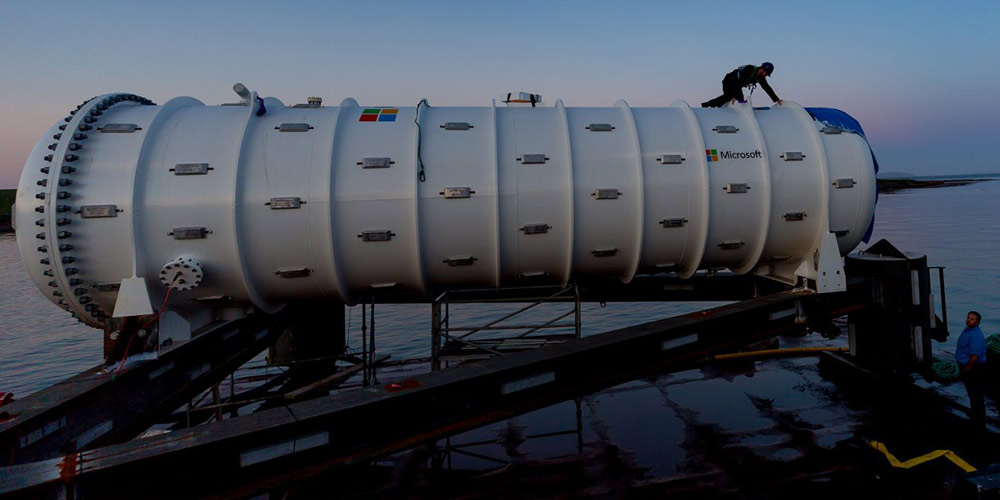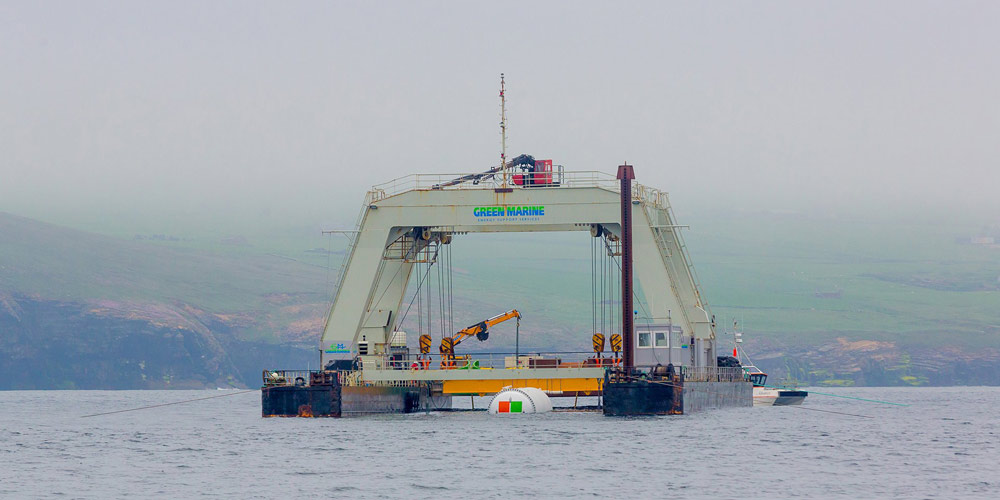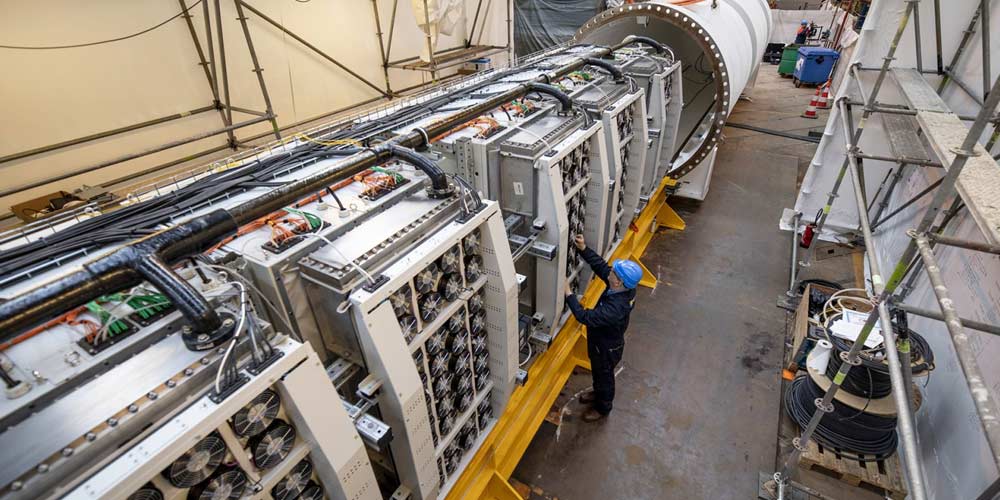With "Project Natick", Microsoft have put its working datacenters at the bottom of the ocean. The company leads the way towards creating more sustainable facilities with faster transmission speeds.
The initial experimental prototype vessel, called the Leona Philpot after a popular Xbox game franchise "Halo", was operated on the seafloor approximately one kilometer off the Pacific coast of the U.S. from August to November of 2015.
The first pod was a 10-by-7-foot cylindrical shell that contained a single rack of servers.
The submersible datacenter held the equivalent of 300 desktop PCs. It went underwater before the team at Microsoft brought it back to the company's headquarter in Redmond to collect experimental data.
The team found that none of the hardware in the pod failed, and its cooling system performed more efficiently than the researchers expected.

Optimistic about project, Microsoft puts 864 servers and 27.6 petabytes of storage on 12 racks in a sealed submersible that’s about the size of a standard 40-foot-long shipping container, off the Orkney Islands in Scotland.
The system in overall is designed to function for five years without requiring any maintenance.

According to Microsoft, this is all about energy efficiency and fast data transfer.
The company notes that about half of the world’s population lives within 120 miles of the shore, so being able to put servers near them should allow quicker access to online services.
For power supplies, these servers can be powered by wind mills located near the water. This way, Microsoft have less to worry about outages and energy costs. And because the water in the ocean is cold, the low temperature should help the cooling system, without requiring additional costs for thermal balance.

Being maintenance free, Microsoft only keeps its eyes on factors like power consumption, internal humidity levels, and temperature.
Previous Microsoft project that involves putting infrastructure underwater, was the MAREA project. Partnering with other companies, the underwater cable is a 6,600 kilometer-long, connecting the Virginia Beach in the U.S. and Bilbao, Spain, to transmit data at a speed of up to 160 terabits per second.
In 2020, Microsoft resurfaced Project Natick, to see how it goes after two years.
On September 14, the company reported that the project was a success, revealing the idea of submerging datacenter underwater is a good idea.
Microsoft’s Project Natick team hypothesized that placing datacenters underwater would result in more reliable and energy-efficient data centers.
On land, datacenters experience issues, like corrosion from oxygen and humidity, as well as the needs to control shifts in temperatures. But in a water-tight environment with tight temperature control, Microsoft observed far fewer issues, or to be exact, just one-eighth the failure rate of a land-based data center.